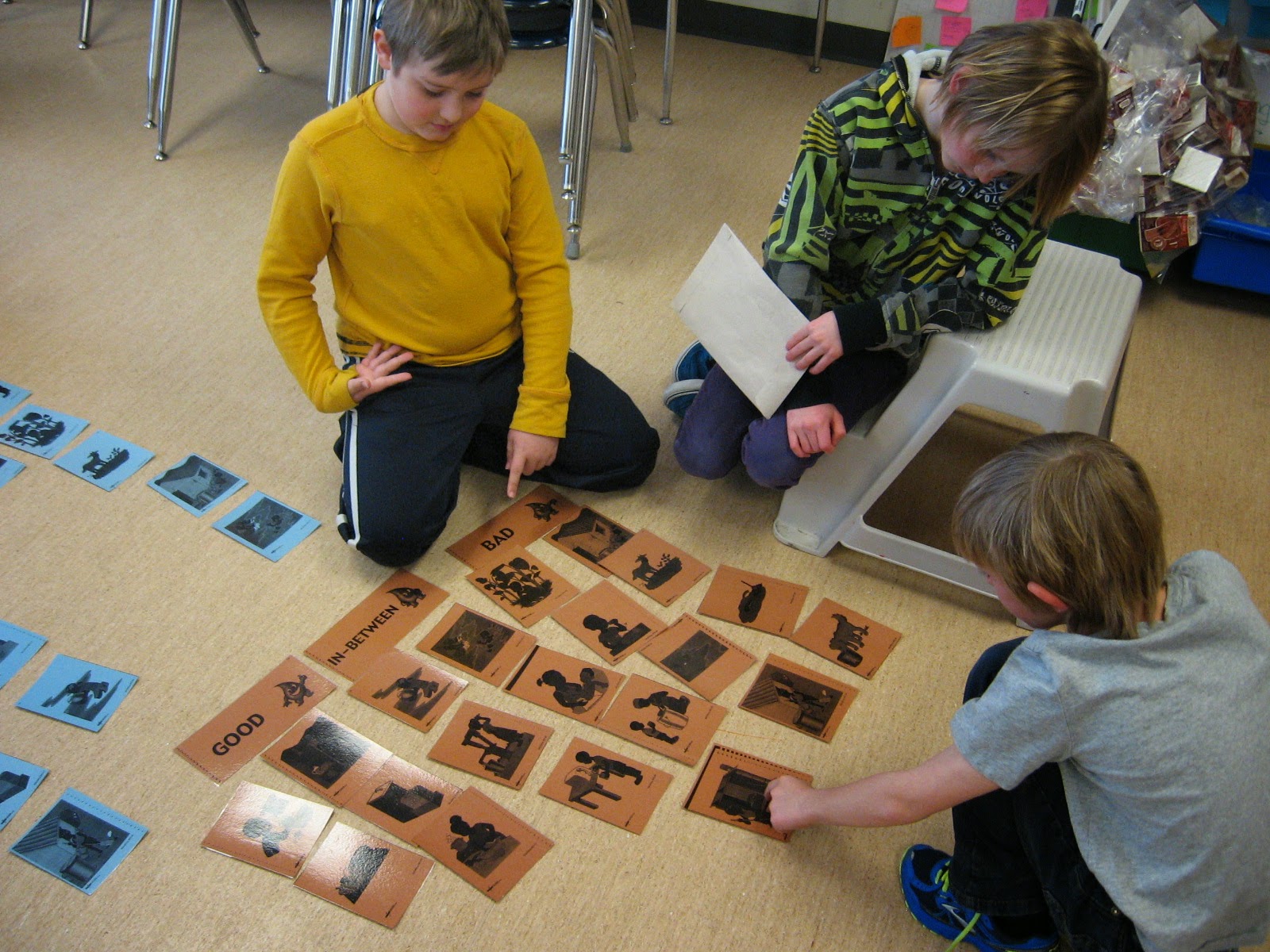For our next activity, our teacher showed us a presentation called Tikho's Story. It was a young girl showing us how she gets water in her community in Zambia. It was sure interesting to see how things are very different -- not only how they get water, but also how their sewer and handwashing works.
After viewing Tikho's story, we did a "3 Pile Sort" activity. We worked with a partner and were given a bunch of pictures related to water in Africa. We had to decide if each picture was "good", "bad" or "inbetween" and explain to our partner why we thought that way. Some of the pictures were hard to decide! We also did a similar activity but using pictures of water in North America instead. We quickly realized that for many of the pictures, there was no one correct answer and our conversations were very interesting.
Next, we learned about the story of Ryan and Jimmy. Our teacher showed us the book, but because it was so long, she just summarized it for us.

Photo Credit: Kids Can Press
We thought it was awesome that Ryan got to visit his well in Uganda -- what an amazing experience that would be! We also watched the video trailer for the movie that was made. You can watch it here:
For our first activity in the afternoon, we had a guest speaker. The person responsible for ensuring we have clean water in our town came and talked to us about how we get our water, how it's cleaned and how we get rid of our waste water. He brought water samples that were collected at different points in the treatment process and showed us pictures of the whole process. It was interesting to learn more about water right in our own community.
To help us understand what a big job it is to collect water, we got to do a water collection activity. We were put into 4 teams or "families". On one end of the room, there was a bucket with 2 liters of water in it -- that was the well we had to collect water from. On the other end of the room, was our home, with an empty bucket. We had to take turns in our "family" collecting water from the well using a dixie cup and filling our bucket at home. Sounds easy, right? Well, not really. Eventually, the cups got soggy and didn't hold water very well. We tried to keep as much of the water in the cup by covering it with our hand. It was so hard to get all of the water from the well into our house!
We learned that it takes lots of trips to get enough water. We also learned that you need to be careful not to spill any of the water, because then we would be wasting it and would have to make more trips to the well. It was a great way to learn this!
Our last activity for the day was the "Jelly Bean Activity". We started by completing a sheet to identify our priorities for using water. Almost everyone felt that "drinking" was the most important use of water, but we had some disagreements about what the least important use was -- some thought "washing a car", "watering the lawn" or "flushing the toilet".
For the next part of the activity, we were divided into groups. Four of the groups were from Nicaragua and the other four groups were from Canada. The groups from Nicaragua were given a cup with 12 jelly beans in it and the Canadian groups were given cups with 65 jelly beans in them. The jelly beans represented the water available to us for one day. Every cup from both countries had 5 black jelly beans in them -- this represented the polluted water and we were encouraged not to use them. Next, each group was given 8 cups that were labeled with the different ways to use water and the number of jelly beans (water) it required. The Nicaragua groups found it very hard to use their water (jelly beans) and do everything they needed to in a day. Some of the groups even decided to use their polluted water, for things like "washing clothes" or "flushing the toilet". The Canada groups were able to easily do all of the water activities with the jelly beans and didn't even have to use the polluted water. It was interesting to hear some of the Canada groups suggest that they could save their left over water for the next day, while others suggested donating their left over water to the Nicaragua groups.
We ended our day by taking some time to think about how each one of us can do small things to take care of water. We each filled out an action sheet to take home and share with our family.
We were wondering...
How did you celebrate or learn about World Water Day?What is one thing you can do to take care of our water supply?

































No comments:
Post a Comment
We'd love to hear your thoughts! In the "Comment as:" drop down menu, please be sure to use the "Name/URL" option to comment so we can see who's sending us a comment! Please identify yourself as "Jaydon's Mom" or "Brianna's Grandpa" or "Mrs. Smith in grade 6" and you don't need to put anything in the URL section. (Note: Anonymous comments won't be approved.)